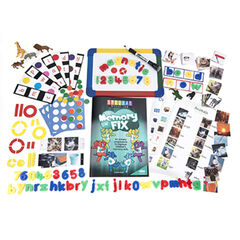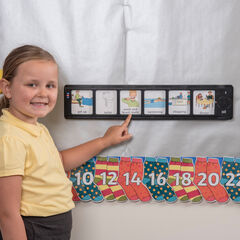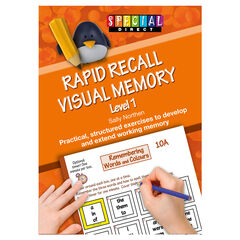A few tweaks to quality fist teaching can really help children with Dyslexia. Here are the most common suggestions I make:
- Make sure all texts are uncluttered, have a simple and a rounded font, use double line spacing and contain visuals clues that support the overall meaning.
- Important information contained in a text should be clearly signposted – think about using boxes or highlighting.
- Limit copying – can the pupil have their own tabletop copy to interact with?
- Remember that the dyslexic pupil will be working much harder than their peers to deal with written information and language. Allow for fatigue by building in natural rest breaks.
- Give key subject-specific vocabulary as a bookmark or a table mat with accompanying pictures to support spelling. The pupil could help make these as part of a pre-teaching activity to make them personally relevant.
- Ensure that the readability of all texts provided is at the appropriate level for the pupil’s ability.
- Where possible offer alternatives to writing large amounts. Teach the strategic use of mind maps, bullet points, lists, tables, diagrams and the use of a scribe. Ensure that the pupil has opportunities to demonstrate the true level of their knowledge, skills and understanding.
- Offer the use of voice recording devices. These can be used in many ways such as: to record instructions, ideas, messages for home and intentions for writing.
- Provide any texts the pupil needs to read in advance of the lesson. Allow them to highlight key points, add sub-headings and record any questions that they may have.
- Provide visual task timelines to help pupils with place keeping for multi-step tasks.
- Revisit and revise regularly.
Finally, remember that if it works effectively for a pupil with dyslexia it will work for everyone!
View our Dyslexia resources here
This article has been written by Beccie Hawes

Beccie has worked in all aspects of Special Educational Needs including mainstream, additionally resourced provision and specialist settings. She has extensive experience as a SENCo, Inclusion Manager, Lead Local Authority SEND Advisory Teacher and has set up and led an inclusion advisory service.
Beccie is currently proud to be the Head of Service with Cadmus Inclusive, part of Cadmus Services, which is based in Walsall. This service has a national reach and actively supports schools with all aspects of providing a high quality education for vulnerable learners. Beccie is the author of ‘The Complete Dyslexia Toolkit’ and co-author of ‘Getting it Right for SEND’ and ‘How to Create the Perfect Partnership with Parents’. Beccie also writes the national Ebriefing: SEND Bitesize. She has developed a number of educational resources to support learners which schools across the UK have purchased and use. Beccie remains very ‘hands on’ in the classroom and is passionate about being at the chalk face to support teachers and children to think differently for a brighter tomorrow. She is also the mum to four boys and a dog.







